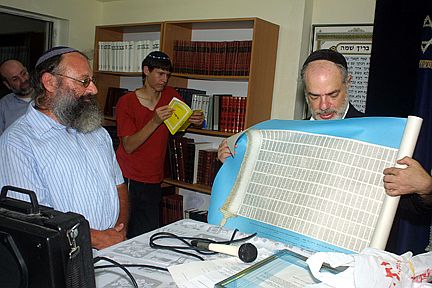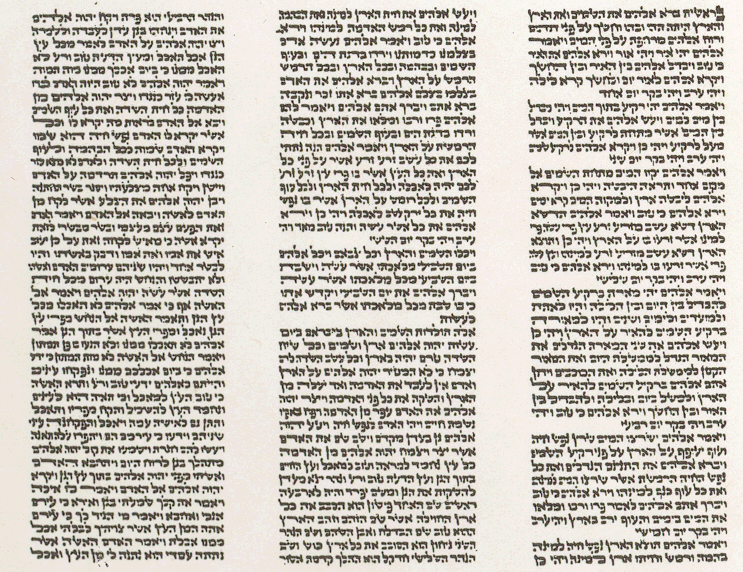This year, our Parsha Naso falls out on the Shabbos after Shavuot, but the lessons regarding national unity as expressed by the Kohanim in the Birchat Kohanim, and fairness, honesty in dealings and interelationships between all types of Jews are pertinent for all-time, not just as paradigm for Mattan Torah.
The importance of these common threads in carving out national unity would, or should extend to the nuture and acceptance of Ba’alei Teshuva into the observant community, as well as to an attitude of respect, acceptance and cooperation by an indigenous Jewish kehal, be it on a national level or a local one, for new arrivals — be they Ger Tzaddikim or Olim Chadashim.

